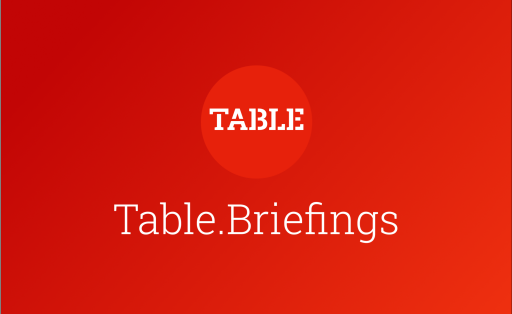
No end to the chip shortage
The shortage of microchips from Taiwan is only slowly disappearing. German carmakers are therefore threatened with short-time work, and assembly lines in China are also at a standstill. One of the reasons is a "toilet paper effect" – when some players start hoarding, others also build up larger stocks. China is reacting with gigantic investments.
By Felix Lee
